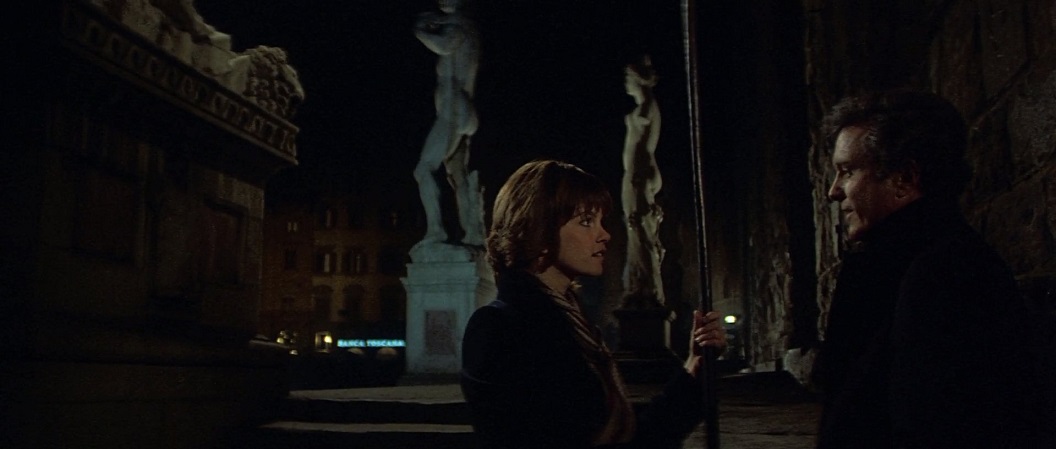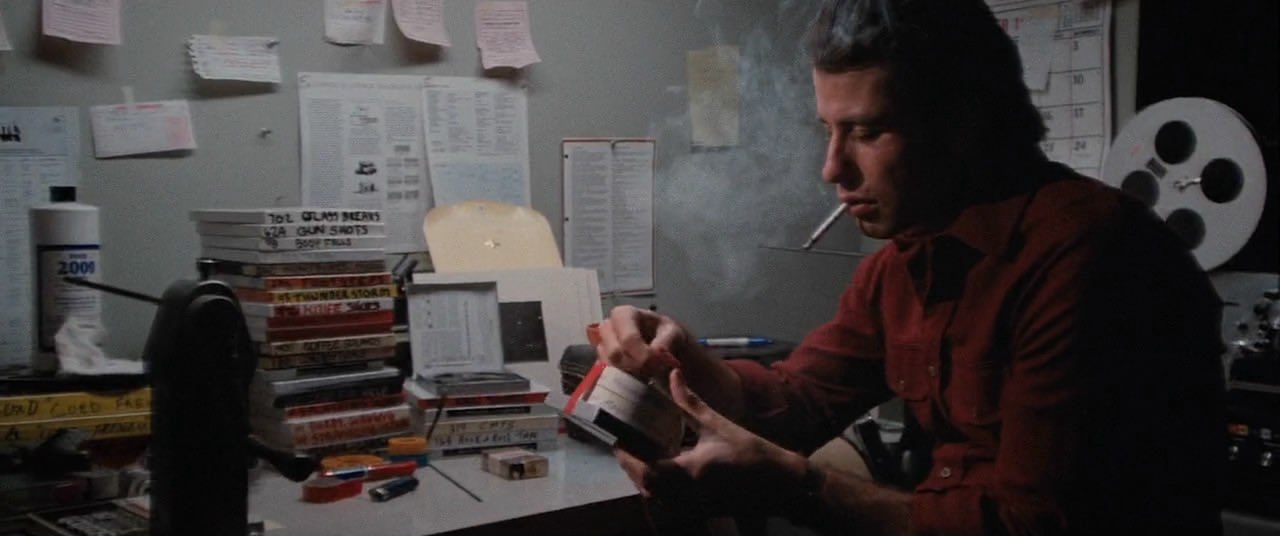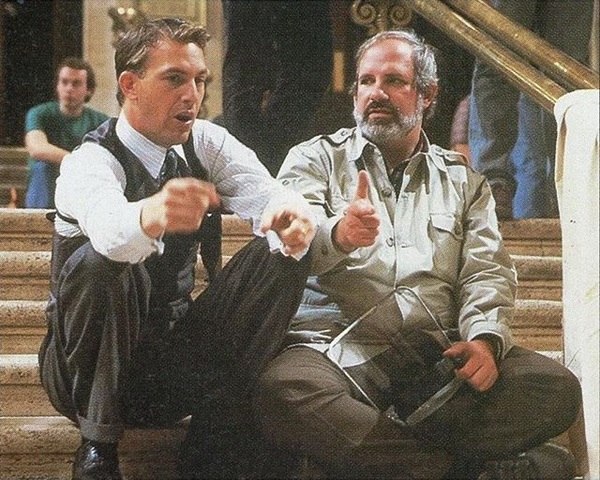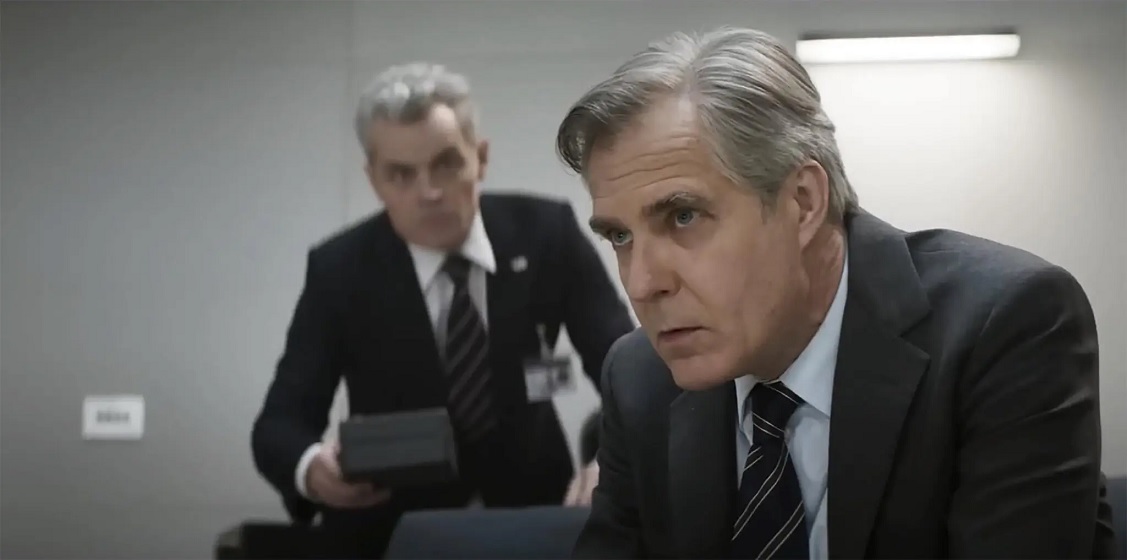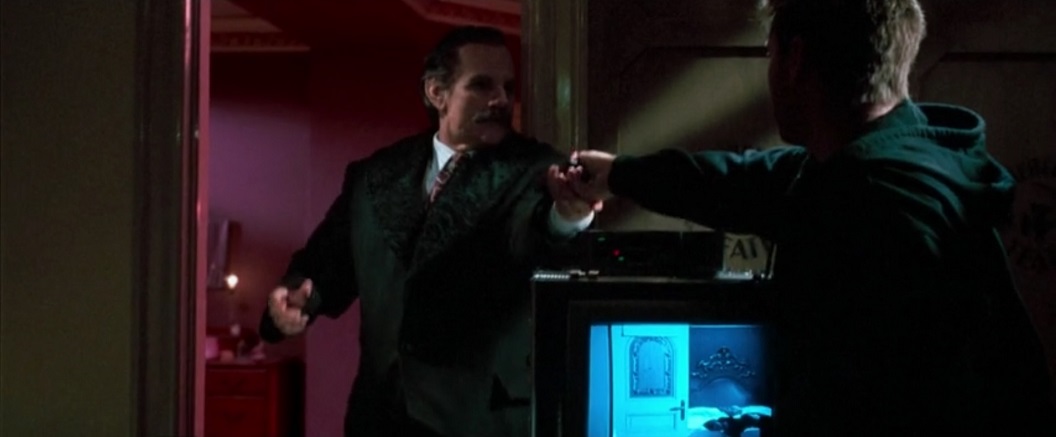"I started with classical theater, and it’s rare that you get to say some of the stuff Kittridge gets to say in a genre film,"
. Here's more from
“Mission: Impossible” is a franchise known for its big-budget, death-defying stunts, but sometimes there’s nothing more suspenseful than a good old-fashioned, face-to-face staredown. That’s what the actor Henry Czerny brought to the first film in the series, released in 1996. As the officious Kittridge, director of the Impossible Mission Force, Czerny sneered at star Tom Cruise with such delicious condescension that their tetchy tête-à-tête in a Prague restaurant — shot at deliriously canted angles by the director Brian De Palma — became one of the film’s highlights.
Six films later, in the new “Mission: Impossible — Dead Reckoning Part One,” Kittridge has returned to sneer and spar some more with Cruise’s superagent, Ethan Hunt. Christopher McQuarrie, who directed the last three movies in the franchise, said he had long intended to have Czerny return to the fold.
“Henry’s Kittridge is not a villain,” McQuarrie wrote in an email. “He’s not even an antagonist. He’s a worthy adversary, walking the line between a guy we love to hate and want to like. He’s a bastard, but he’s a bastard we want on our side.”
When the 64-year-old Czerny boarded the new film, he was surprised at how fluid the production was: McQuarrie and Cruise knew the action set pieces they wanted to include, but the scenes stitching them together were still up for grabs. Much of the exposition that would set up those sequences eventually fell to Czerny, who can deliver stakes-setting information with musical grace.
If that’s the distinctive flavor that Czerny can provide, he’s happy to deliver it. “I binged on ‘The Bear’ last night,” Czerny said during a video call last week, “and this image of ‘Mission: Impossible’ keeps coming up as a beautiful French dish, in that everything has been reduced so the flavor is profoundly intricate, unique, separate.”
Here are edited excerpts from our conversation, held before SAG-AFTRA went on strike.
Chris McQuarrie has said that ever since he took over directing duties on this franchise, he’s been looking for the right time to bring you back. Were you aware you were under consideration?
I had no idea. As a matter of fact, when I got the call, it was 25 years almost to the day when Brian De Palma and Tom decided I was going to be their Kittridge. In January 2020, McQ wanted to talk to me about bringing Kittridge back. I thought it was a little bit of a joke, and he said, “No, seriously.” So I spoke to him the next day and he said, “We’re not sure what we’re doing with the script yet.” I thought, “Yeah, you’ve got a script in the bottom drawer somewhere. Come on, you’re just not telling me what you want to do with the guy.” But the script is very fluid.
What did they tell you about why they brought you back?
I think he was brought in as a burr that we remember in Ethan’s shoe. The original idea was that he represented the bureaucracy — the C.E.O. or whatever — that doesn’t like the asset to be human. So with Ethan, he’s the world’s asset. And the American people who Kittridge, to a certain extent, believes he represents, they’re his shareholders. He doesn’t like that there’s one person they’re beholden to. However, who else are you going to call?
How has he changed since we saw him in the first film?
I asked McQ, “OK, what do you think he’s been doing for 25 years?” It wasn’t really bothersome to McQ that there wasn’t an answer for that, and I was somewhat taken aback. At the same time, McQ has such a wide focus, and those particulars are allowed to be brought to the screen by the actor: “You do your homework, you let me know and we’ll sort it out, and we’ll actually do several versions of what you think he’s been doing.”
So before I arrived in London for my fitting on a film that really had no script at the time, we had an idea of what we were going to do. I figured Kittridge got schooled by Ethan 25 years ago, so he figured, “OK, I’m going to work in all the other agencies in Washington because I don’t like being schooled by somebody who’s younger than me.” So I think he’s worked everywhere he could at as high a level as he could, and came back to run the Impossible Mission Force a great deal more edified. He has a sadder but wiser knowledge of how the American intelligence machine works and who it’s working for.
How did things evolve with the character?
McQ has a process that can be really intimidating for actors who haven’t done this before. What I’m used to after working on a show [he has appeared in several series, including “Revenge”] for a few years is you’ve got two takes, maybe, because we’ve got 12 pages to do today. You’ve got to pick a couple of things and we’ve got to move on. But with McQ, something will come out based on what you’ve packed and he’ll start adjusting it. He’ll allow you to go in a certain direction. And then you’ll go back and reshoot it if you want.
So what he was after, we realized, was this kind of older-brother thing going on between them. Kittridge is clearly trying to keep Ethan in line, doesn’t want to let him have all the marbles, but there’s a profound respect for him as well. And McQ was allowing those flavors to show up in plenty of takes so that when he got into the editing room, he can hone the scene and it’ll have those flavors distilled.
What do you think makes your face-offs with Tom so delicious?
When you’re working with Tom, there’s a focus that’s available to you, and you can disappear. You just can open the tap and see what comes out. Kittridge and Ethan obviously are coming at the issue from different sides. Kittridge believes that he’s operating on behalf of his shareholders, as is Ethan. But Kittridge’s personal investment in success is deeper than Ethan’s: Ethan’s idea of success is that we all are better off, Kittridge’s idea of success is that we are better off.
You seem to take such delight in his lines.
Oh God, right? Like, why wouldn’t you? It’s luscious stuff. I started with classical theater, and it’s rare that you get to say some of the stuff Kittridge gets to say in a genre film. Some of the stuff is beautifully written. And there’s a cadence that comes out that apparently is somewhat unique to Henry Czerny, I found out.
Over the course of your career, you’ve played your fair share of exposition-delivering characters. How do you make those lines juicy?
By finding the absolute elemental flavors in the intent. What am I trying to convey? What are the stakes if I don’t convey it? And what am I going to do to convey it clearly and as quickly or as profoundly as I can? And that creates the cadence.
A perfect example of that is your centerpiece scene from the first “Mission: Impossible.”
I will tell you, and Tom will corroborate me on this, some of these scenes show up a day or two before, so you don’t have a lot of time to go over it 200 times and have it be part of your system in a way that you would like. But with that scene, there wasn’t a word change at all. I don’t know why, but that day, De Palma was very on me about commas and periods: “No paraphrasing here.”
Are you good at pretending that the camera’s not there when it’s as close as De Palma likes to put it?
I wasn’t so much then, but I am now. That’s why the scenes are so interesting, I think, between Ethan and Kittridge: There is an intimacy there that I try and maintain.
In the new film, your very presence in a scene seemed to make the camera angles more dramatic.
Oh, yes. Vanessa [Kirby] and I shot the train scene, and then we shot the scene between Ethan and Kittridge — a reshoot, because they’d added a character. We went and shot some of it, and they were shooting from the De Palma angles, we’ll call them. Then they looked at each other and thought, we’ve got to go back and reshoot the train scene.
Really? They reshot the whole train scene with more canted angles?
It worked thematically. The intent begot the form. It wasn’t an add-on, it was, “Oh, that’s right. Let’s go back and do that.” That’s the way they put these things together.
What do you remember about being cast in the first “Mission: Impossible”?
I didn’t want to do it at first. I was in Brazil and I was not in a good frame of mind, I didn’t speak the language, I hadn’t slept in weeks, and we were shooting nights [on a Brazilian film] — it was a disaster. I got a call from my rep, saying, “Brian and Tom want you to do their Kittridge.” I said, “I don’t think I can do it.” He said, “Henry, you’re doing it. I don’t know what the hell you’re thinking, but in three weeks’ time, you’re going to be back here and you’re going to be doing that.”
OK, fine. I went to the C.I.A. for a couple of days and I chatted with the people. I thought, “How does this work? They’re not going to tell me everything, but I want to have some juice in there.” When I went to do rehearsal for “Mission,” the first one, I had all these ideas: “You know, what actually happens is blah, blah, blah.” Brian said, “Good to know, but we’re not doing a documentary.” However, that research helped ground the character a little more for me. After the first film, did you expect to continue with the franchise?
Oh, there’s a story there. At the end of it, I thought I would have a lunch with [producer] Paula Wagner because I was optioned for the second one. We discussed what Kittridge could have been doing in the first one, what I think you should be doing in the second one. Paula Wagner listened very politely, paid for the lunch, and that’s the last I heard from her. I burned the bridge with all these notions of what Kittridge should be doing. It was my highfalutin idea about what I had to offer Hollywood after only my second film there.
It must be very full circle to come back to this franchise with a director who’s actually welcoming every thought you’ve got about the character.
Who would have thunk it? Be patient, keep honest. Lo and behold, really cool stuff will show up.





